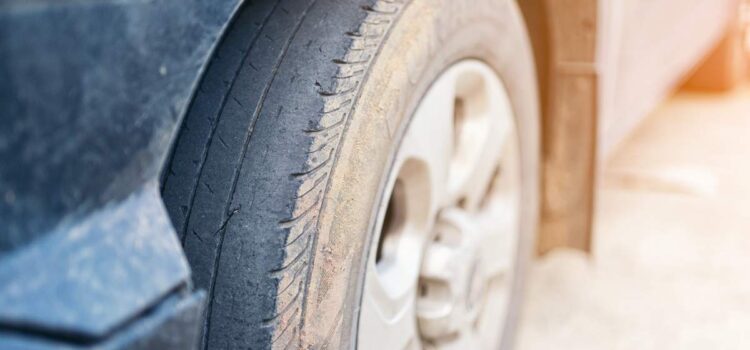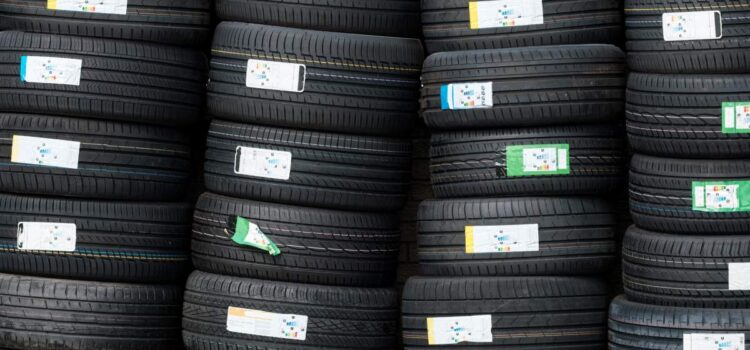To keep your vehicle in top shape, it’s crucial to understand the signs of tyre wear, This article covers everything you need to know about tyre health.


To keep your vehicle in top shape, it’s crucial to understand the signs of tyre wear, This article covers everything you need to know about tyre health.

The EU Tyre Label is an official classification system introduced by the EU to help consumers make informed decisions about their tyre purchases.

The importance of effective communication in the workplace, its impact on business success, and strategies to enhance communication within teams.

Mindfulness meditation is a technique that involves focusing your attention on the present moment, without judgment or distraction. It has become increasingly popular in recent years, as more and more people seek ways to reduce stress, improve mental health, and increase overall wellbeing. Here are some of the many benefits of mindfulness meditation:
Details
The GoPro Hero 10 Black is the newest in a long series of Hero action cameras dating back to 2005. Because of its new GP2 CPU, it’s the most refined and powerful GoPro ever, but it’s still just a small advance over its Hero 9 Black predecessor.
Details
Comments